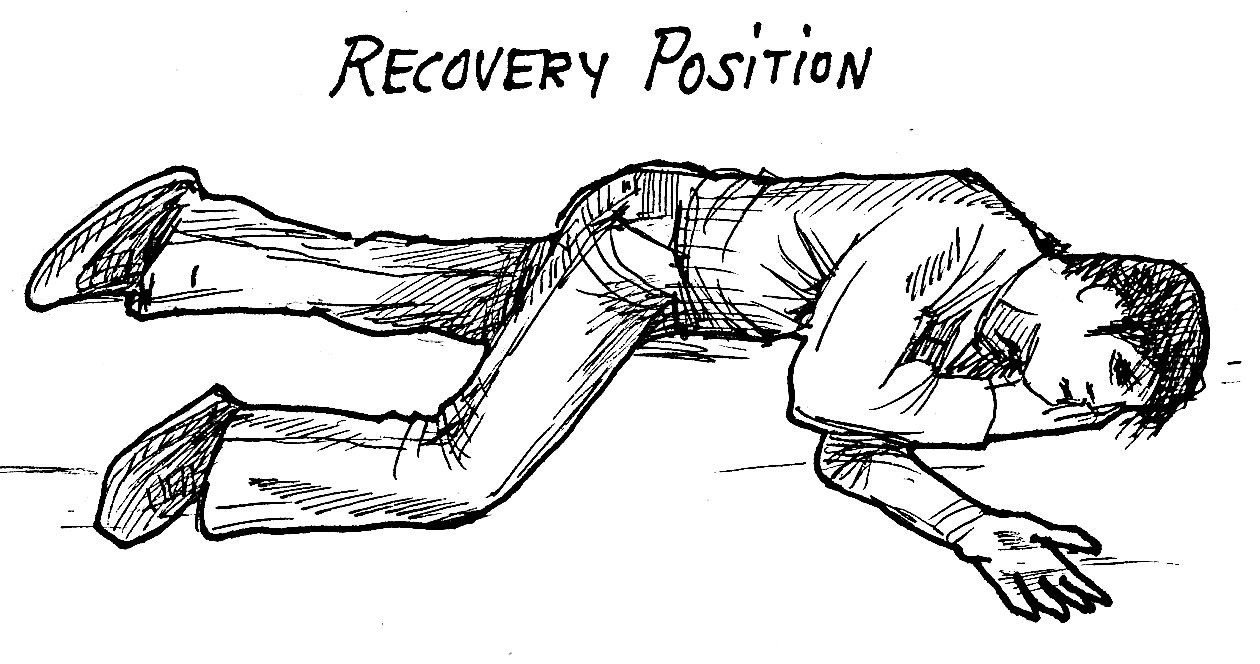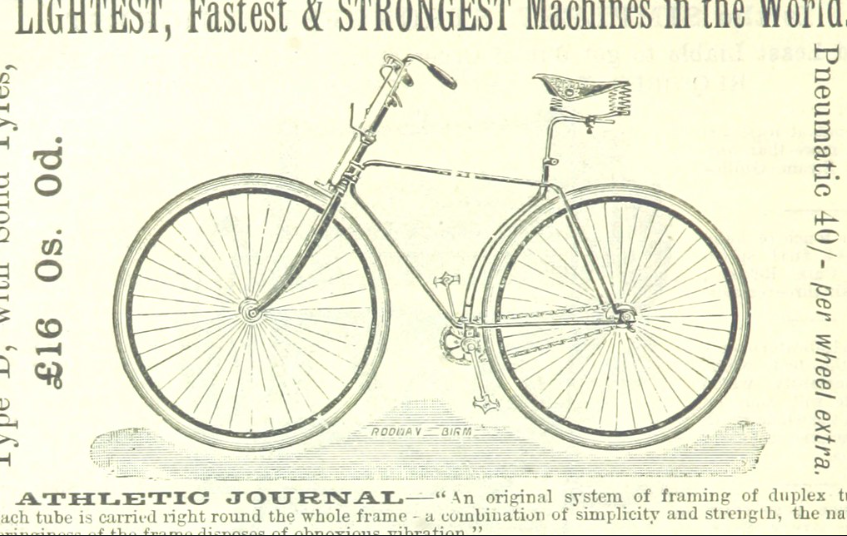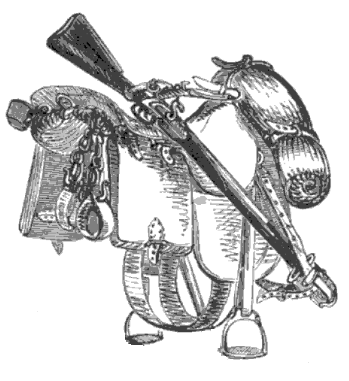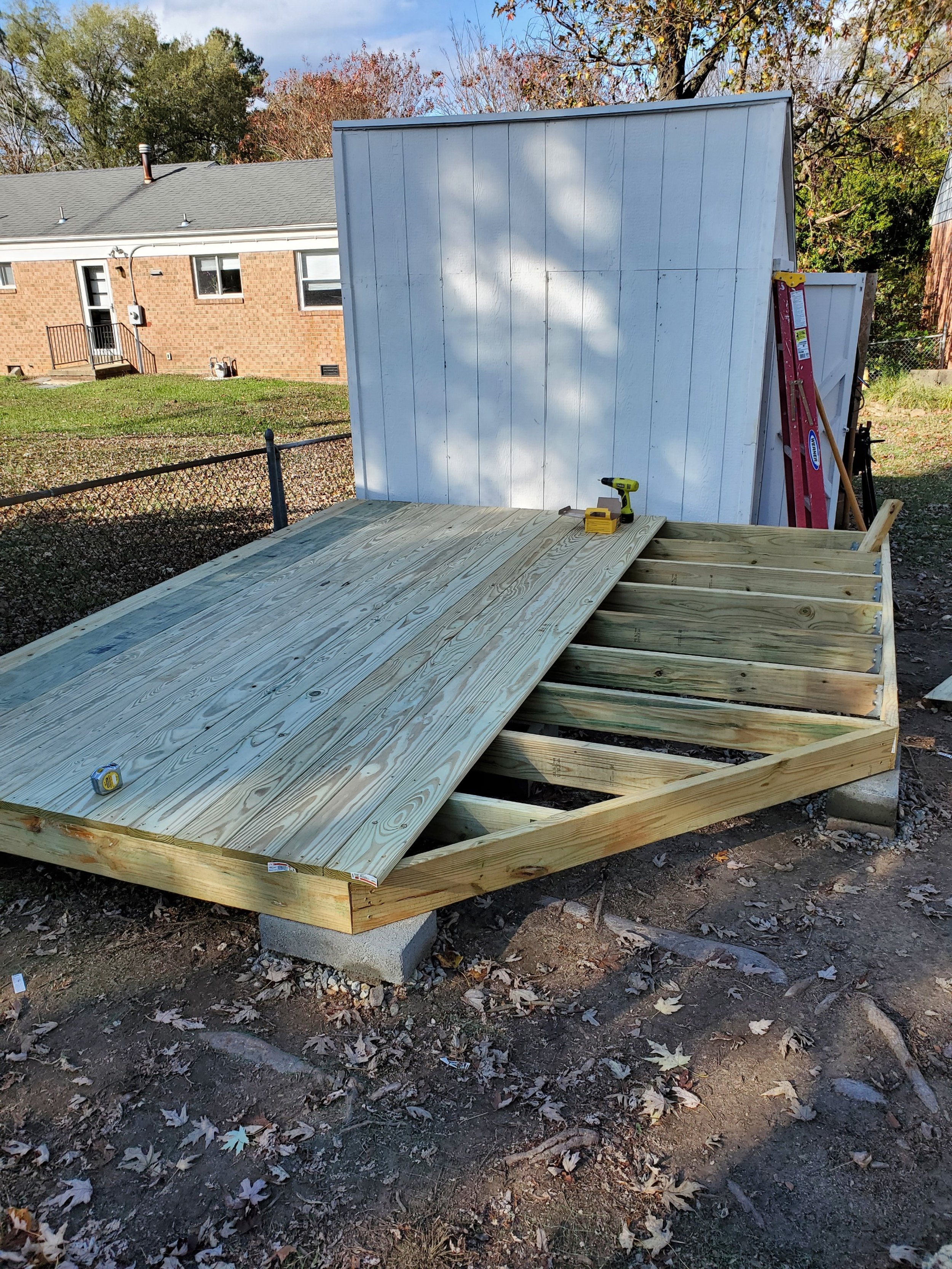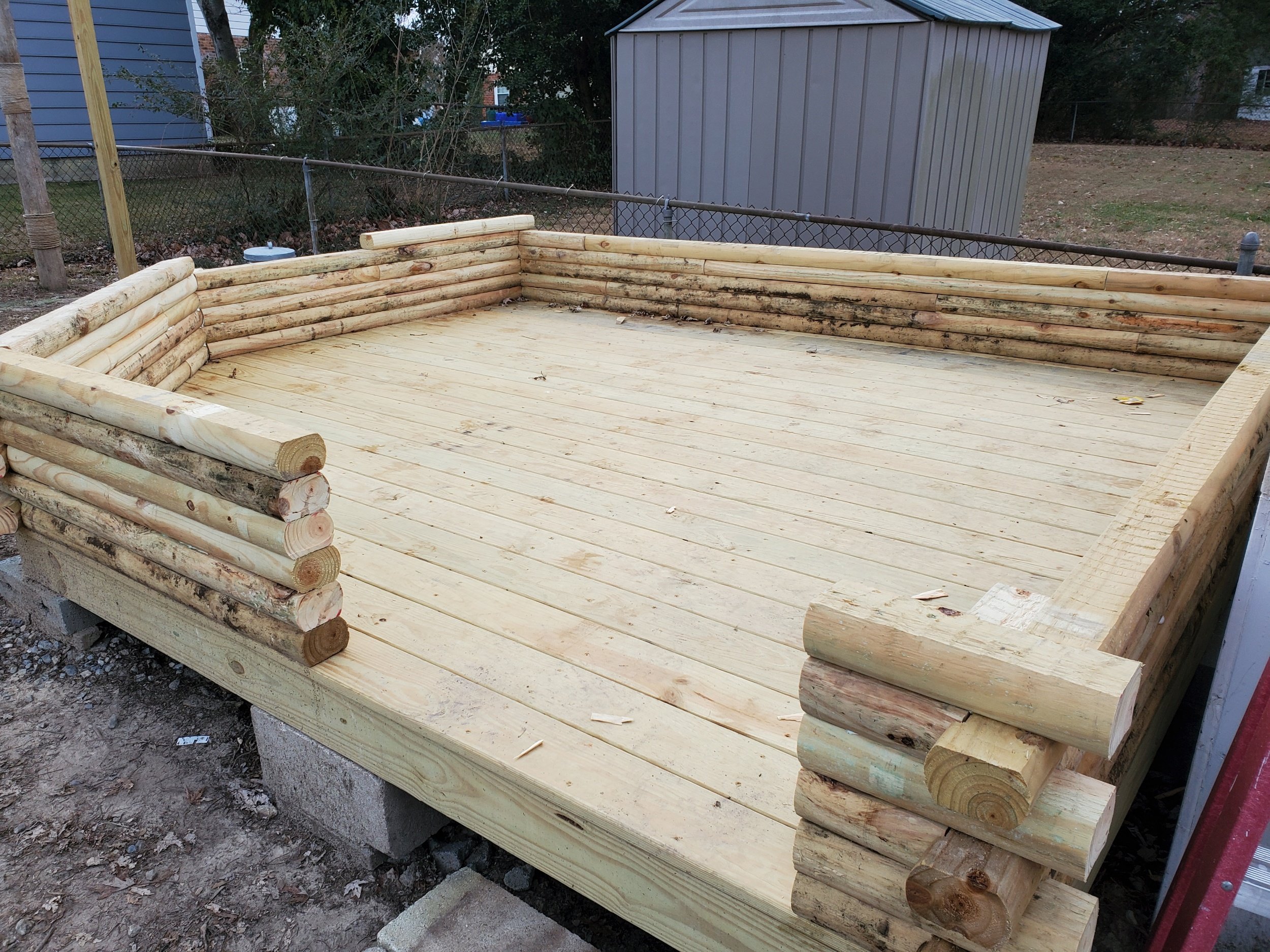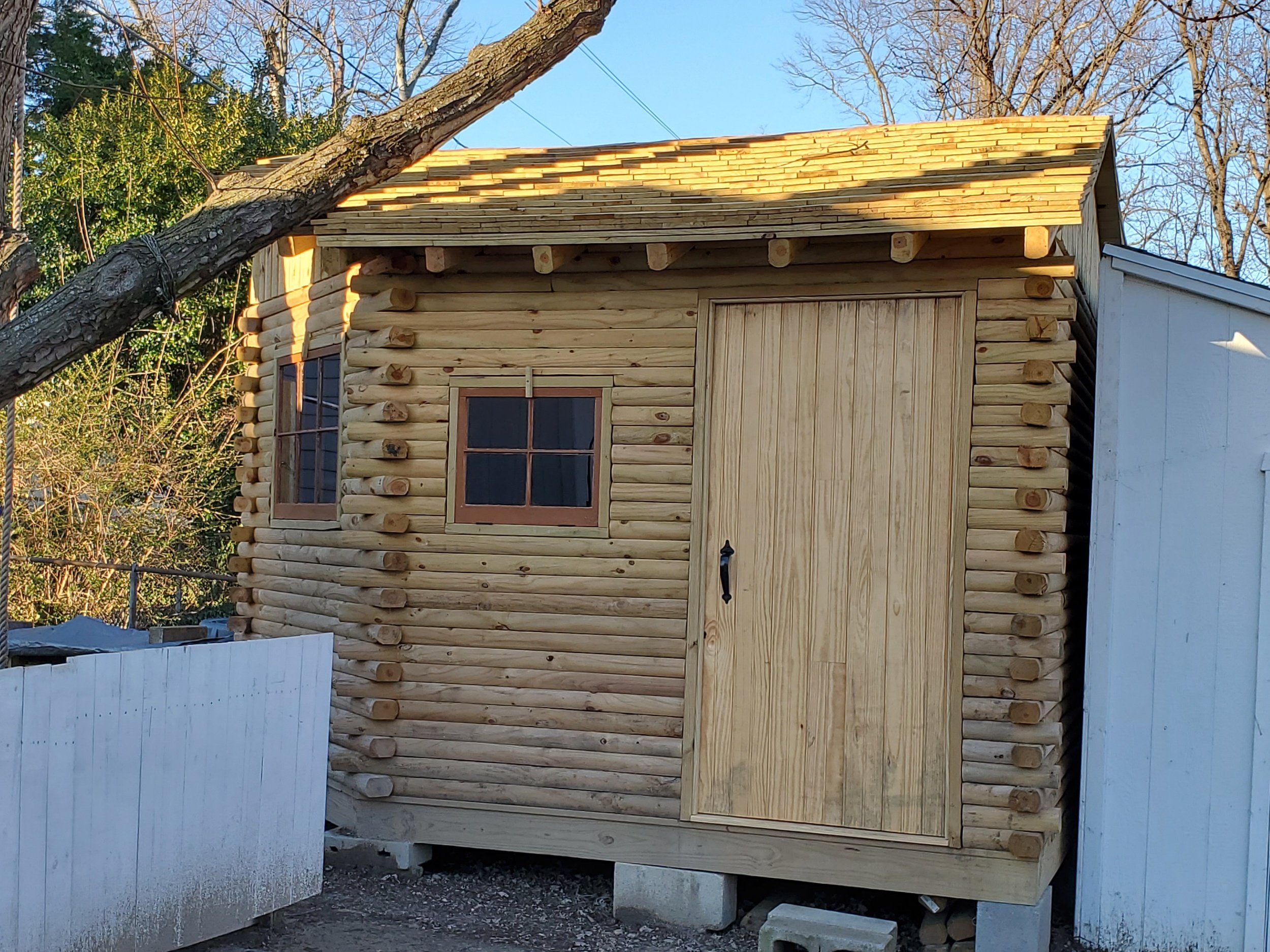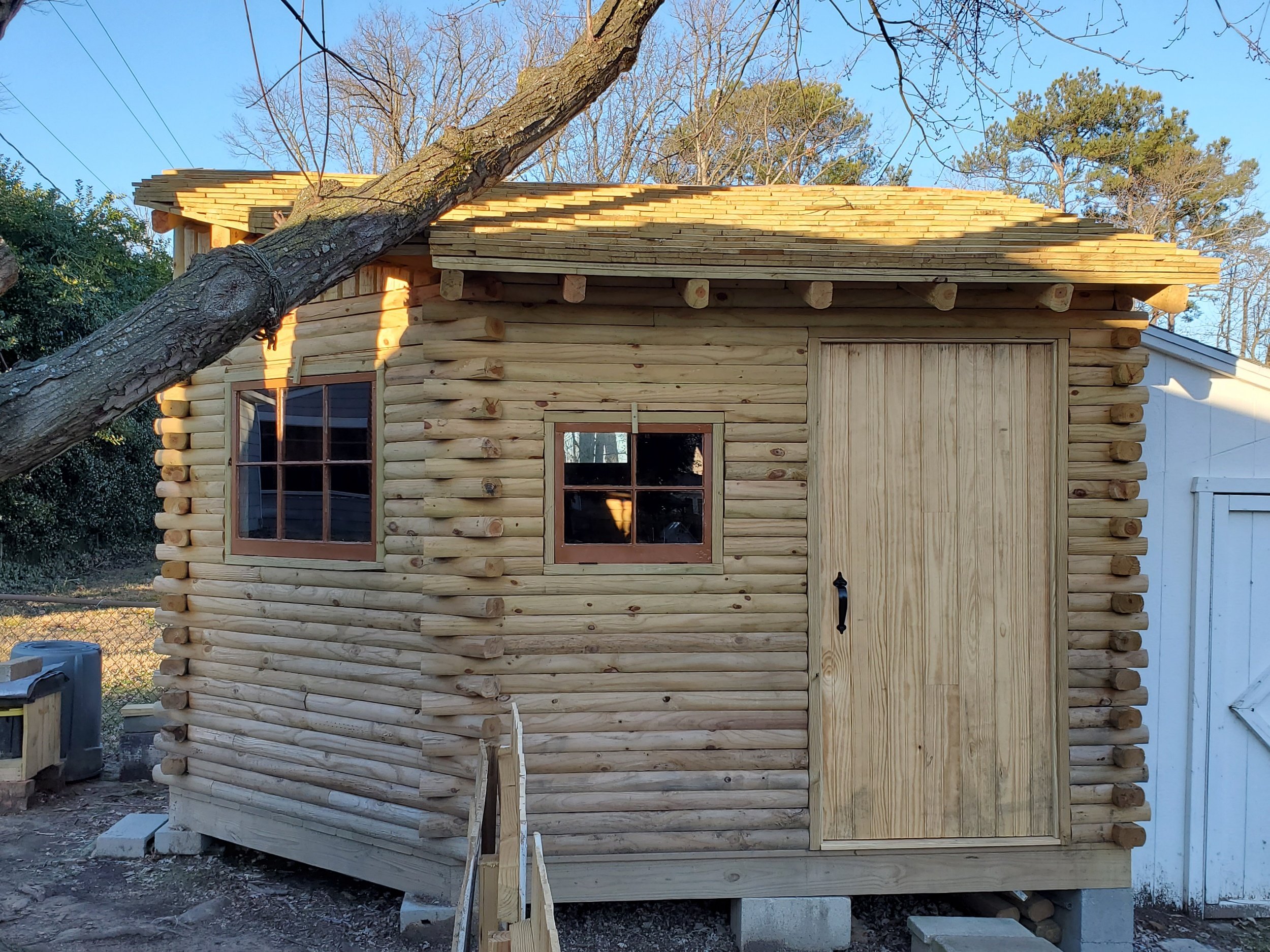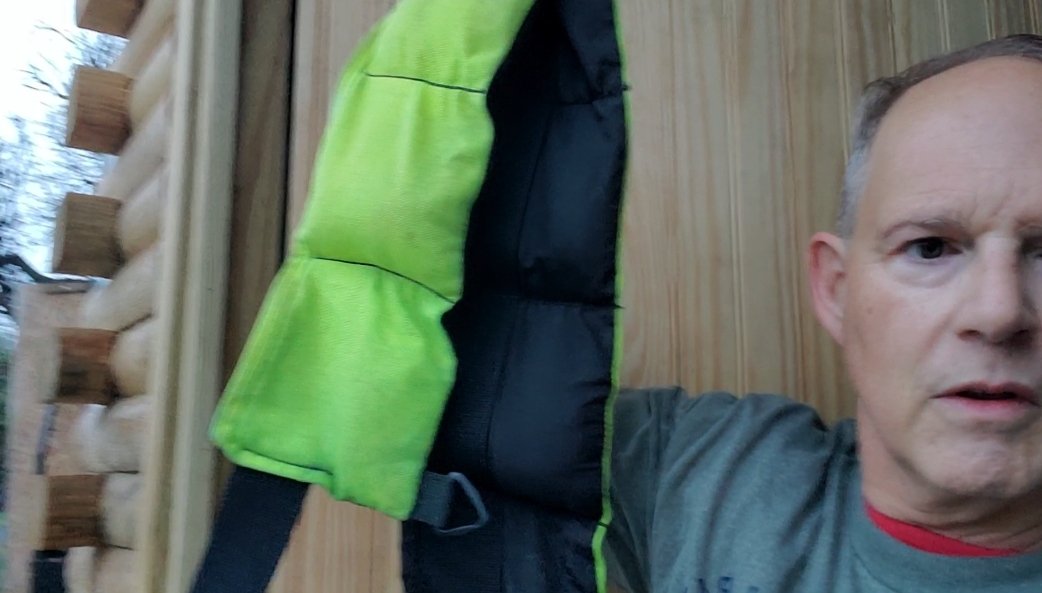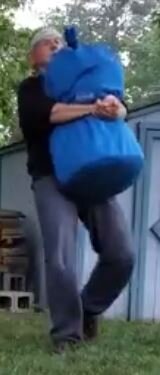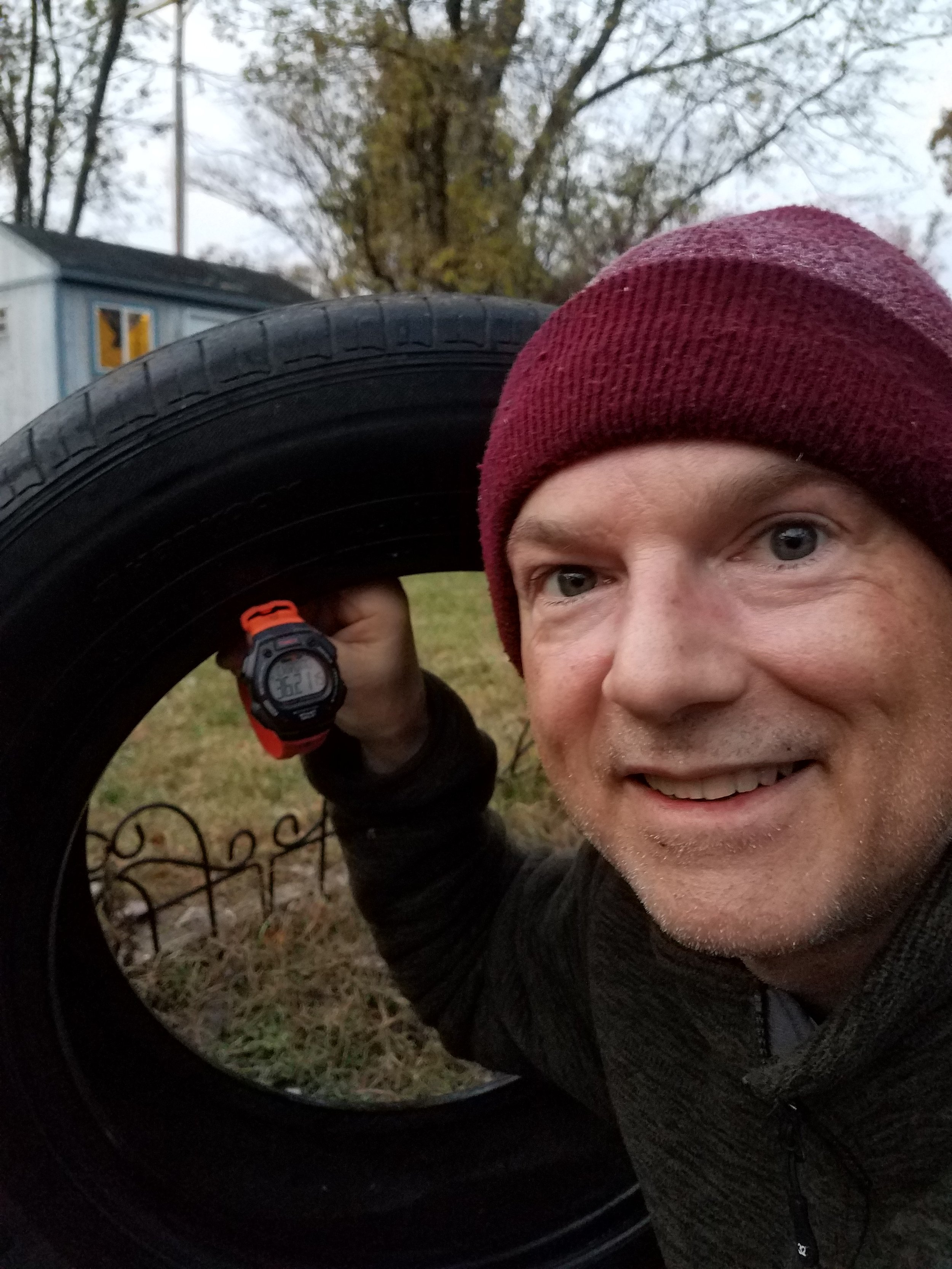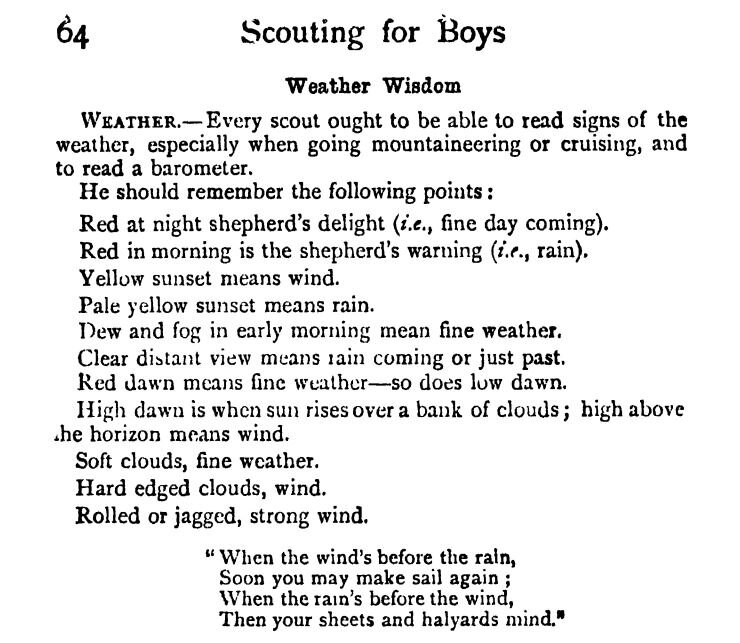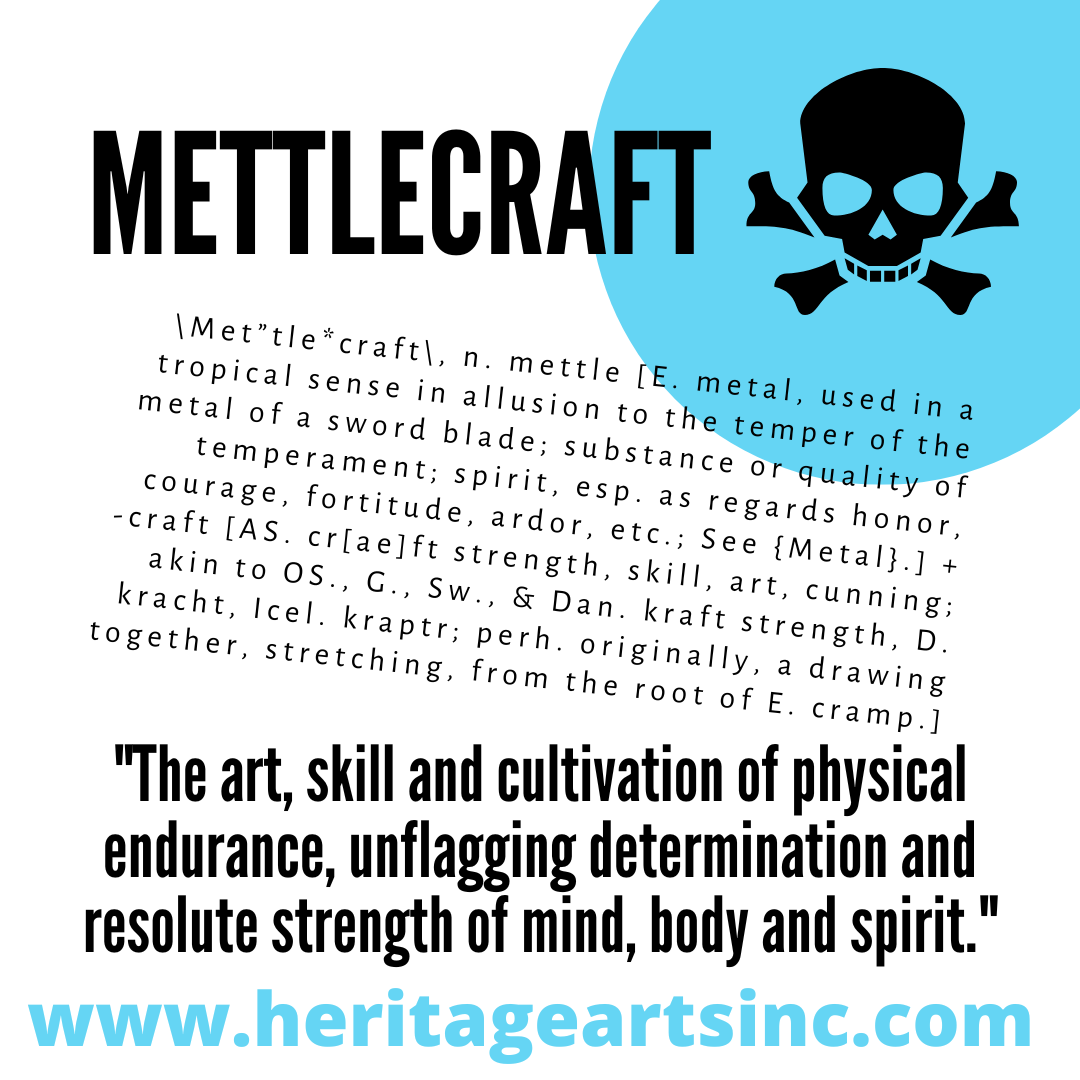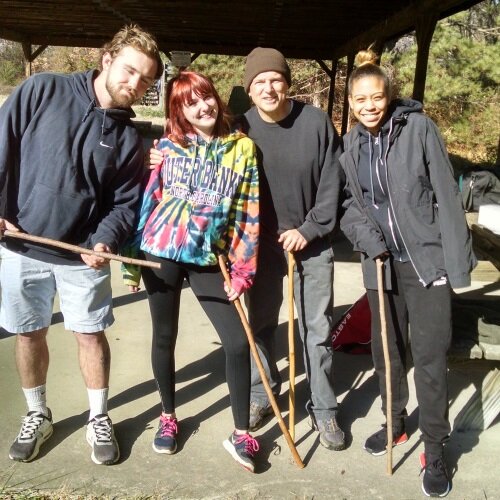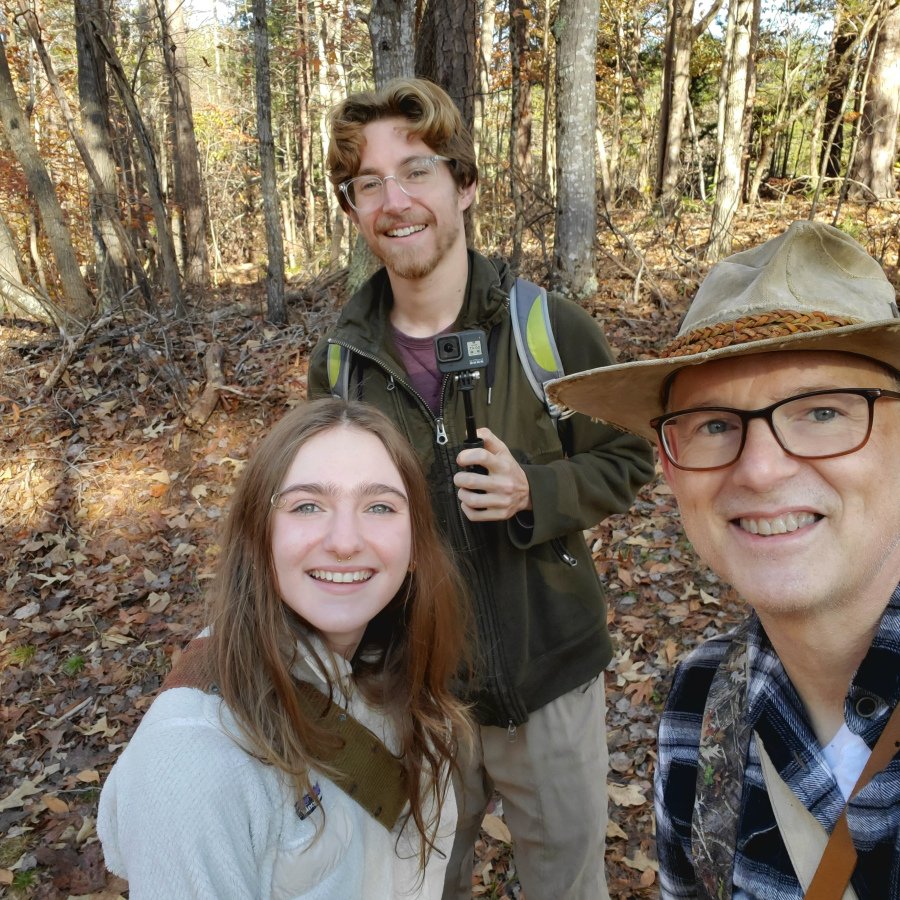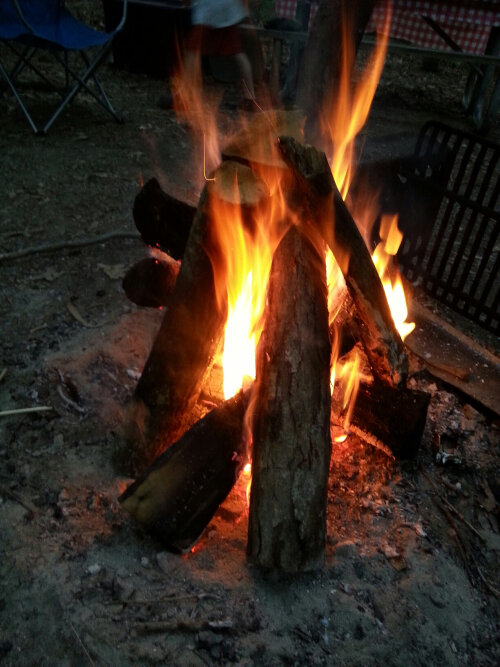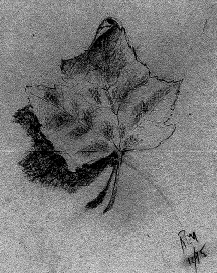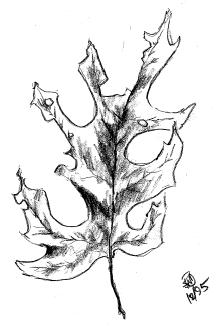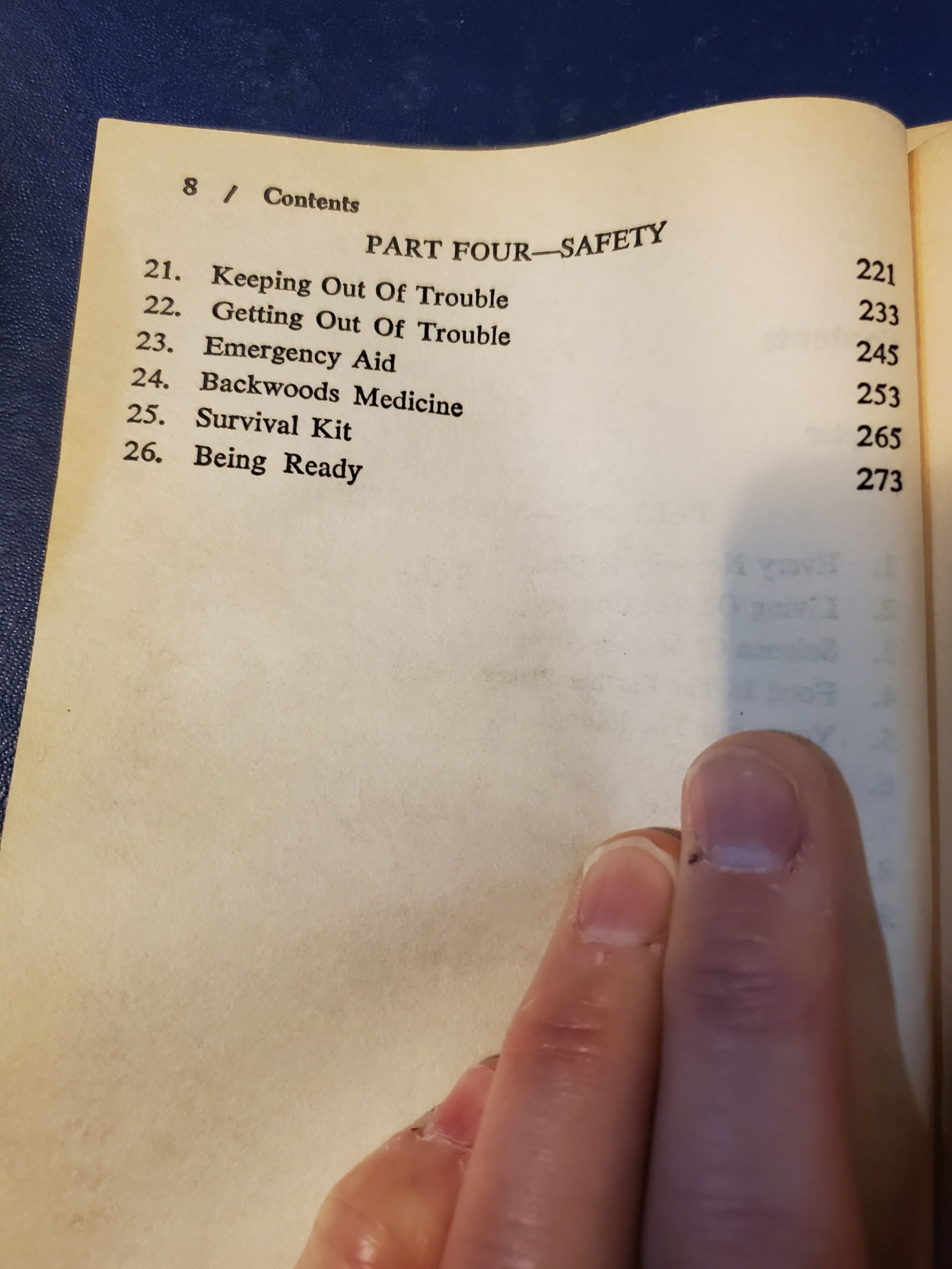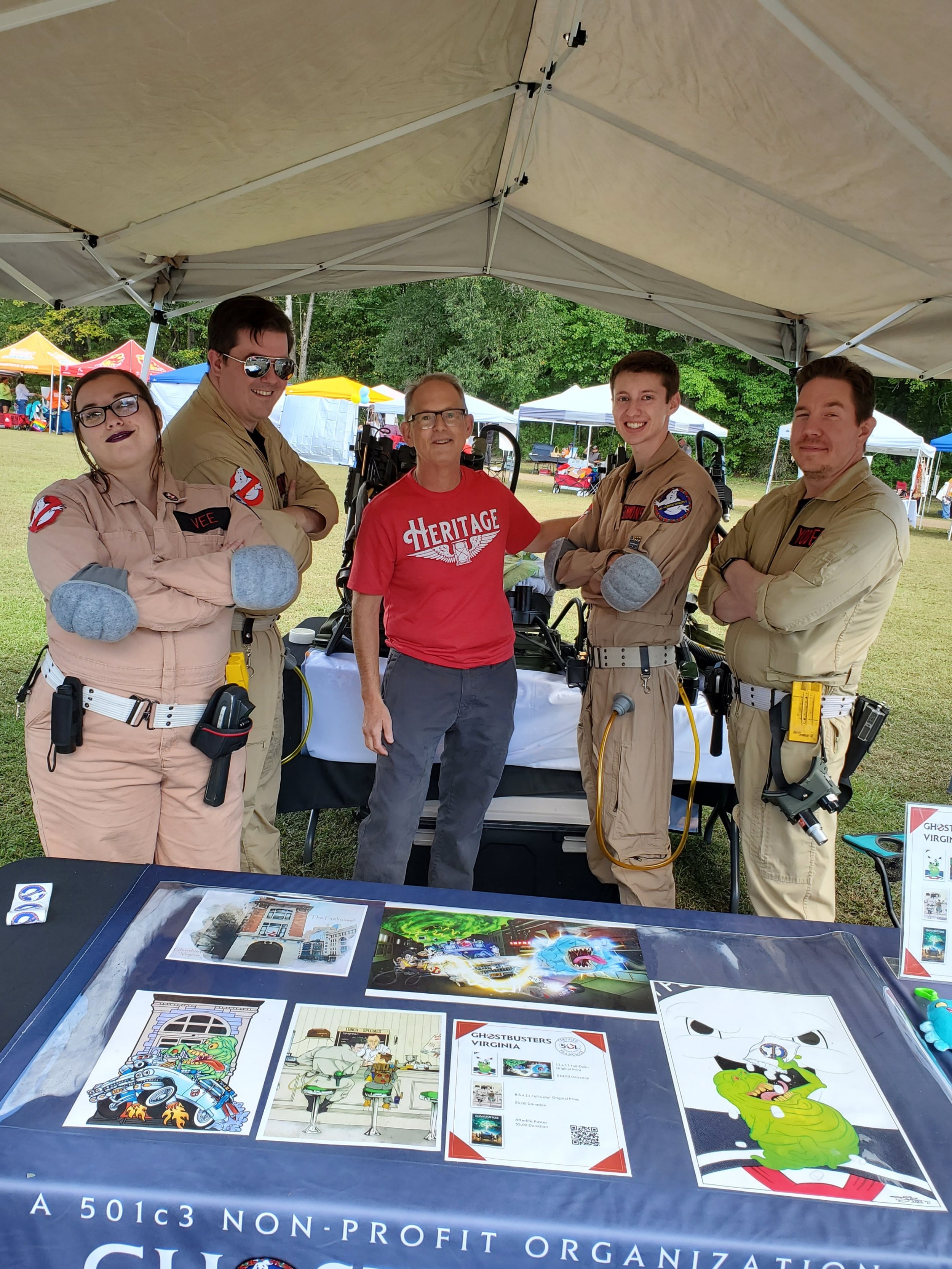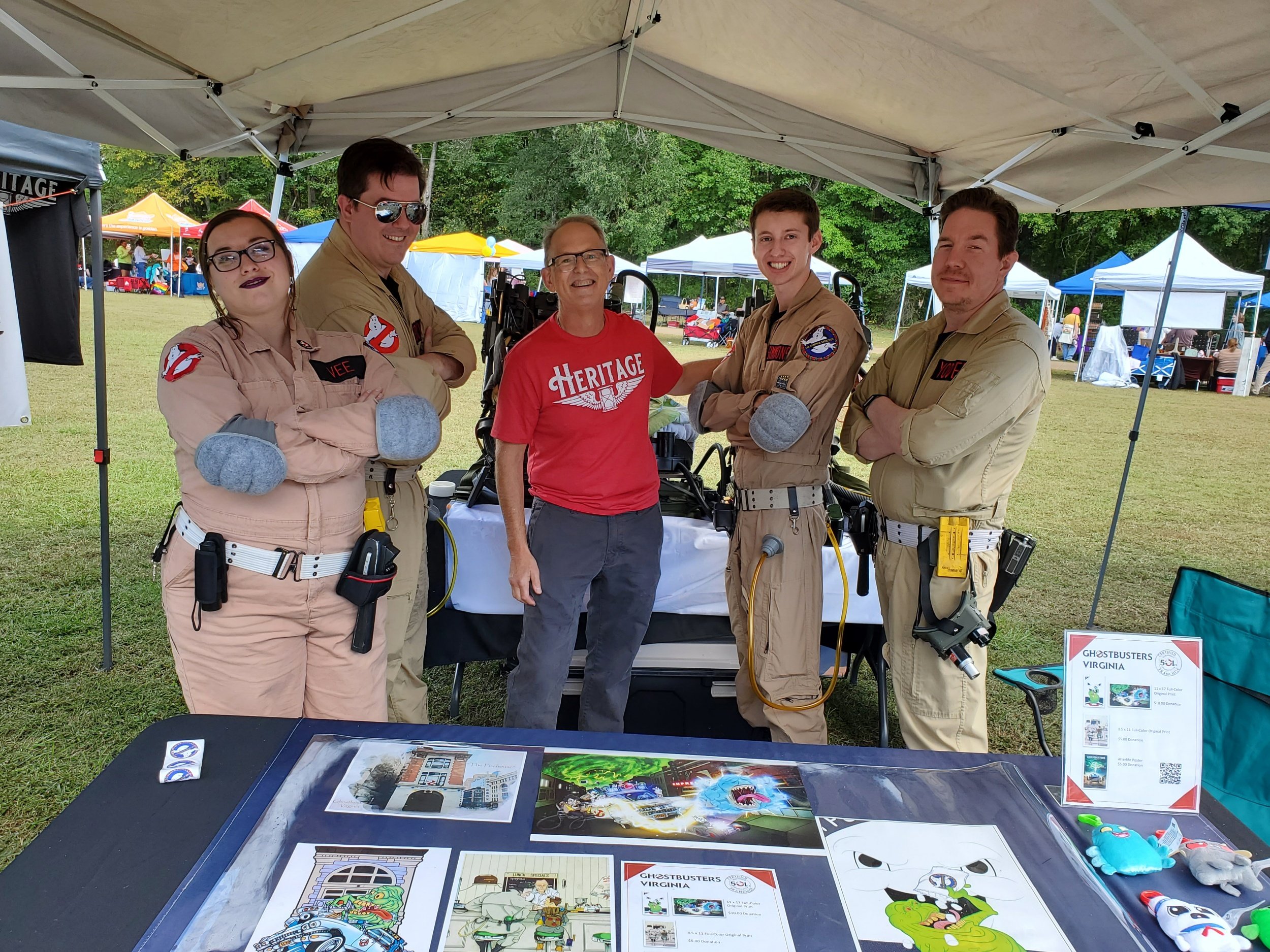Click here to sign up for daily motivational text messages!
...
Click here to sign up for daily motivational text messages! ...
Mettle Maker #393
What’s the weekly mettle maker? Training tips and educational information in support of our free programs, that’s what! What’s mettle? According the American Heritage Dictionary, mettle is, “The ability to meet a challenge or persevere under demanding circumstances; determination or resolve.”
Heritage Self-Defense: Do you have more than one method for escaping Top Saddle a.k.a. “mount?” You can’ make your attacker behave the way you’d prefer. Some guys ride high, some low, some posture up and strike, some choke, etc. So you need to have several methods that counter the specifics of how they’re riding. Watch the video above, and follow the whole series — when we’re done, there will be 10 techniques and 5 videos in all. But don’t just watch them — train them!
Interested in American Rough and Tumble martial arts with a spiritual center? Join the martial arts club in Richmond, VA or click here to sign up for the Heritage self-defense distance learning program.
Heritage Fitness: Do you practice your proprioception and balance? Try Headstands. Proprioception is a fancy word for body awareness — specifically awareness of where your body is in space. Everybody has some degree of proprioception and balance. If not, you couldn’t walk around without falling down or pickup up a mug and take a sip of coffee. But if you want to be good at any sport, you’re going to need more than a merely functional level of proprioception and balance. And here’s another thing — proprioception and balance both fade with age. One of the ways I keep my proprioception and balance is by incorporating inversion work into my training, namely Headstands and Handstands. Start with Headstands. Work your way up until you can hold one for a full minute, and then do that every other day to build and maintain your proprioception and balance skills.
Need a free fitness coach to help develop an old-school fitness program that suits your specific needs and goals? Click here to sign up for one of our free programs!
Heritage Wildwood Outdoor Skills: Learn how to make a “twitch-up.” One of the simplest survival traps you could ever learn to make is a “twitch-up.” See photo and details on the right, courtesy of Camp Life in the Woods by William Hamilton Gibson (1881) page 45. It’s possible that there’s a trap known to man that isn’t in his book, but I have no idea what it might be!
Note that when Gibson says, “arch” he means the bent sapling.
Looking for a free adult outdoor skills program? Click here to sign up!
Holy Communion is LIVE on YouTube every Sunday at 10 am EASTERn. Click HERE to watch live. To view and print a copy of the program for holy communion, CLICK HERE.
Homily for the First Sunday of Lent, 2/18/24 – Father Mitch
Readings: Gn 9:8-15, Ps 25:4-5, 6-7, 8-9, 1 Pt 3:18-22, Mt 4:4b, Mk 1:12-15
Mark 1:12-15
Immediately the Spirit drove him out into the wilderness. 13 He was there in the wilderness forty days, tempted by Satan. He was with the wild animals; and the angels were serving him.
14 Now after John was taken into custody, Jesus came into Galilee, preaching the Good News of God’s Kingdom, 15 and saying, “The time is fulfilled, and God’s Kingdom is at hand! Repent, and believe in the Good News.”
The symbols, ironies, and nuggets of wisdom in old myths and folktales are endlessly fascinating. I always liked the story of King Midas who, granted a wish by the Greek god Dionysus, asks for his touch to turn anything into gold. He becomes incredibly wealthy and loves his gift – until he accidentally touches his beloved daughter and kills her, and then starves to death because every morsel and sip turns to gold as soon as it touches his tongue.
A fun story isn’t it? Clever, entertaining, and with a great moral lesson about the dangers of greed. At first glance, the story of Noah and the flood is another mythological tale, containing many moral lessons. But taken in the greater context, and looked at through the lens of the Gospel, it’s much, much more than that. Make no mistake: what we have in our readings today is of an entirely different character than a mere myth. Brothers and sisters, this is no fairy tale.
In Noah’s story, water falls for 40 days and then recedes to reveal the dry land. In the Gospel story from Mark, Christ the living water comes in baptism and then recedes for forty days into the desert, revealing the kingdom of God which Jesus proclaims is at hand. It’s the opposite.
In Genesis, we get a sign in the sky – a rainbow – that appears after the flood. In the Gospel, a sign in the sky – a dove – comes before the flood of baptism. The rainbow reveals a truth about the material world, namely that God will never again destroy it by water. The dove, on the other hand, reveals a truth about the spiritual world – that God has sent his son to earth to save us. Again, the Gospel story is the opposite.
In the flood story, God sent torrential rains to destroy the earth. But in the Gospel. God sends us the waters of baptism to heal the earth and save us in heart, mind, and soul. Again, we have the opposite.
This is not a witty fable, a clever folktale, or an educational myth. No, what we have here is something far more powerful, and something that is unique in recorded history. It’s myth that is real. The story of Noah might be mythological, but Jesus’ story is completely true. Think about that. Really stay with this, confront it, and experience it: Jesus came to earth and, through an outpouring of deeds, teachings, and words, lived out loud an undoing of the flood.
Let this shock us out of our complacency. Let it shake us up! Let it rattle us! Jesus dips his hand into an historical myth, pulls it into the present, and makes it real in his person. How can we not stare and the page in complete wonder and then go reeling into the desert to follow in his footsteps this Lent.

